Token sales offer retail users investment opportunities that are often not available in traditional markets. However, to maximize these opportunities, it is important to choose not only a promising project but also the right platform to work with. In this article, we’ll explain how these platforms work and what to look out for when selecting one. Additionally, the Incrypted team has compiled a ranking of the most popular launchpads to help newcomers find the right service. What are launchpads and what are they for? A launchpad is a platform that facilitates the primary distribution and launch of a project’s token before it hits the open market. Launchpads typically provide a public stage for token sales, allowing participation from all users who meet certain criteria under predetermined conditions. In the early stages of the industry, the project developers themselves were responsible for these processes, organizing the initial token offering (ICO) independently. However, due to the lack of tools to protect investors and the opacity of such sales, third-party platforms like crypto exchanges and launchpads began to take over this function. Moreover, it is often more convenient and profitable for the project team to outsource this part of the work, saving resources for other aspects of their operations. The key task of a launchpad is to ensure a transparent and fair distribution of tokens among all participants in the sale. To achieve this, platforms develop criteria systems such as “karma” (Karma) on Coinlist or staking on Seedify. These limit the involvement of multi-accounts and bots, ensuring that only genuinely interested users, who will contribute to the project’s further development, participate. For retail investors, the main value of a launchpad lies in its role as a filter against fraudulent projects and as a kind of guarantor of the “successful” launch of a token on the market. Additionally, it offers ordinary users a rare opportunity to invest in a startup before open trading. Simply put, through a launchpad, a project can sell its tokens to retail investors before they enter the open market, and investors gain access to assets at a price that (theoretically) is lower than the expected market price. Meanwhile, the team is protected from an influx of bots and sybil attacks, and users are protected from fraudulent offers and manipulations by developers. Launchpads for different token sale formats The formats and methods of conducting token sales have evolved over time, and platforms have adapted to new trends. Today, there are several categories of launchpads focused on specific ways of distributing tokens. IDO platforms. These platforms conduct decentralized token offerings (initial dex offering) using liquidity pools and DEXs. Typically, IDO launchpads are independent of major exchanges and market makers and focus on a transparent and fair sale of assets; Exchange-based launchpads. Most major centralized exchanges, like Binance or Bybit, offer some form of launchpad. Token sales on these platforms take place in the format of an IEO (initial exchange offering), where the exchange is responsible for distribution, listing, and liquidity of the new token. Such services are generally closely tied to the exchange ecosystem and target CEX users; ICO platforms. ICO stands for initial coin offering. Modern ICOs are usually conducted through niche launchpads rather than directly by projects. These platforms provide legal support, investor verification, and solve technical issues related to launching a token, such as Coinlist. Below, we’ll talk about specific services in each category, but it’s important to understand the format of the token sale you are most interested in when choosing a launchpad. How to choose a platform for participating in token sales? According to Cryptorank, as of the time of writing, there are 126 launchpads for different categories of token sales. Navigating this variety can be tricky, so we’ve created a checklist to help you choose the platform that matches your interests. Ecosystem and supported networks Launchpads may be focused on specific blockchains or market sectors. For example, Solanium only supports projects and assets on the Solana network, while Seedify is aimed at blockchain gaming, metaverses, and NFT projects. There are also more universal platforms like Polkastarter or DAO Maker, which are not tied to any specific ecosystem. This is an important consideration if you already have an investment strategy that involves participating in projects within a certain network or market segment. KYC and restrictions Most launchpads and projects require users to undergo a KYC procedure to participate in token sales. This involves identity verification and document checks. This helps protect against bots, multi-accounting, and creates a reputation system for investors that is not tied to a specific wallet. KYC is also related to restrictions on providing services in certain jurisdictions and the need to comply with sanction requirements. Before registering on a launchpad, make sure that it is available in your region and serves the citizens of specific countries to avoid account blockages. Additionally, participation conditions may vary for specific projects within the same platform. Participation conditions In addition to verification, platforms may impose additional requirements on participants in token sales to confirm their loyalty or serious intentions. The most common conditions include holding a certain amount in the wallet balance or making a preliminary deposit to purchase tokens. In some cases, a launchpad or project may set additional criteria to increase the chances of receiving an allocation — token staking, NFT ownership, trading activity, and so on. It’s worth checking the general and special conditions in advance to see if they align with your budget and investment strategy. Token allocation mechanism Launchpads also differ in how they allocate token purchases among users. The two most common mechanisms are: Lottery — the right to purchase is granted to random accounts from those eligible for the sale. The chance of receiving an allocation may be the same for everyone or depend on the additional criteria mentioned earlier. In this case, each participant knows in advance when and how many tokens they can buy; FCFS (first come first serve) — the right to purchase may be given to all participants, but the allocation for each account and the total amount of the purchase are limited. As a result, tokens go to those who manage to buy them first, while those who are late are left with nothing. However, many platforms develop their unique distribution models, which may use a hybrid approach or be based on other criteria. For example, proportional allocation, where each participant’s share is calculated based on their balance or funds invested. Previous projects and profitability Typically, launchpads are seen as a kind of guarantee for a “successful” token launch. Success here refers to the potential profit participants can make by selling their assets once the token begins open trading. As a result, platforms are often evaluated based on the success and profitability of previous projects. Usually, information on past token sales is available on websites or data aggregators, allowing you to check the platform’s history. Moreover, services like Cryptorank provide general data on a launchpad’s profitability and detailed statistics for individual sales, which significantly speeds up the search and analysis process.


What’s your reaction?
Love0
Sad0
Happy1
Sleepy0
Angry0
Dead0
Wink0










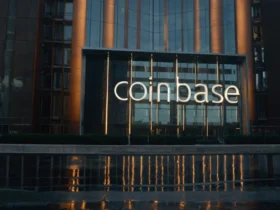
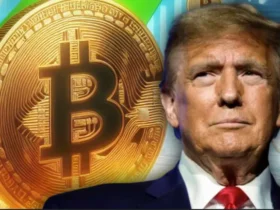
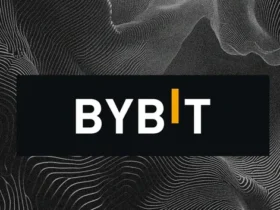



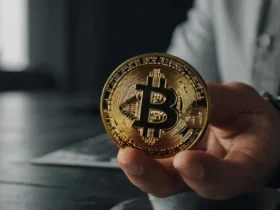
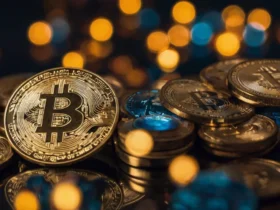


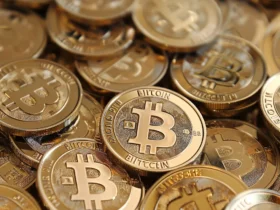

Leave a Reply